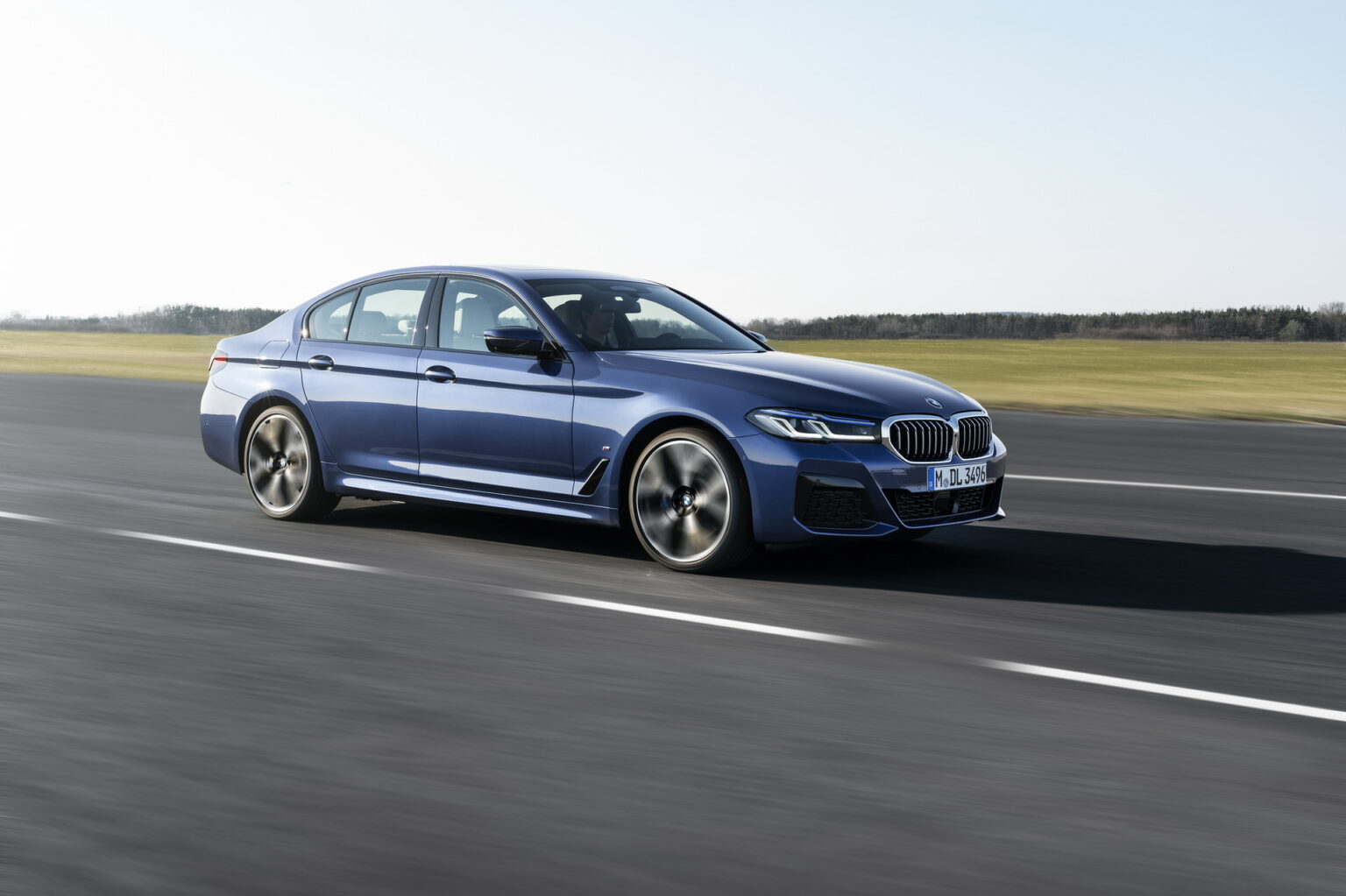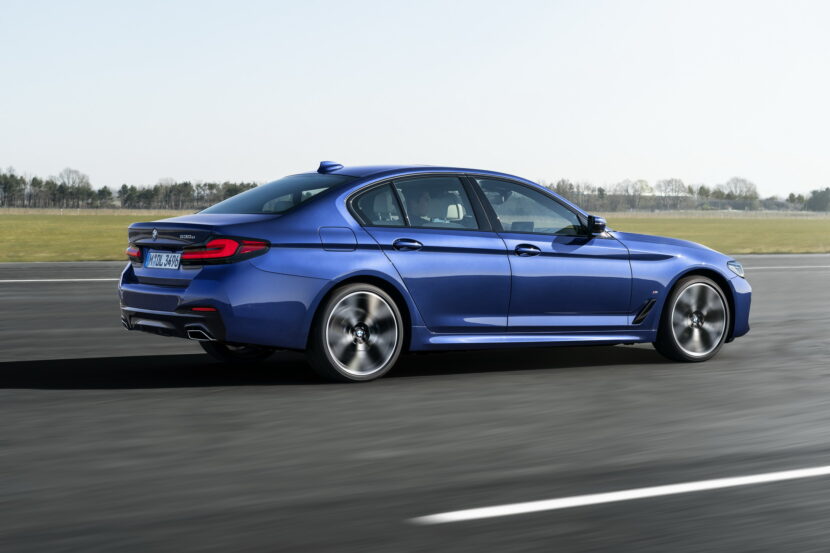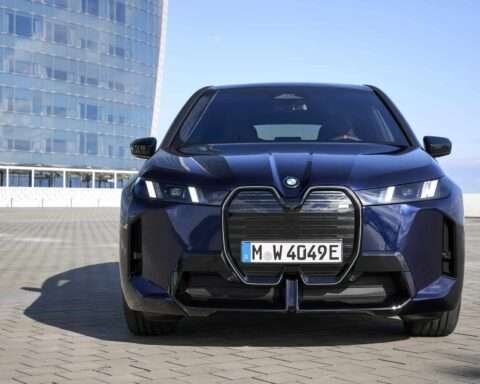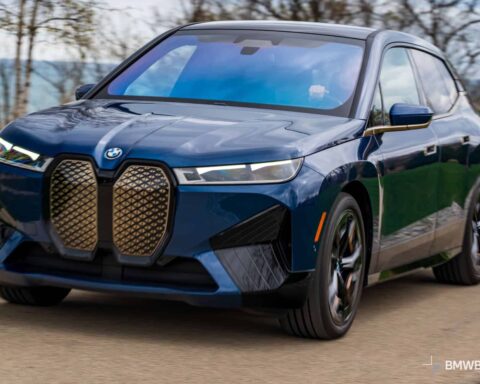It combines a mostly satisfying electric-only range for city trips with a good, old-fashioned internal combustion engine for longer trips. That said, the 530e impresses in many way and that’s why it’s getting so much attention these days, as a lot of people are focusing on new powertrains right now, moving away from diesels.
This is where plug-in hybrids are expected to have the biggest impact: replacing diesels. That’s because diesels are being dropped by many these days as they have gotten a really bad reputation over the last few years. Furthermore, fears among car owners that their diesel-powered cars could get banned from city centers in the future have accelerated the migration process and, of course, led to an wider adoption of PHEVs.
The 530e uses a 2.0 liter four-cylinder petrol engine under the hood good for 184 horsepower and 300 Nm (221 lb-ft) of torque, combined with an electric motor sandwiched inside the gearbox good for 109 horsepower and 265 Nm (195 lb-ft) of torque. Together, the car can deliver up to 292 horsepower and 420 Nm (310 lb-ft) of torque, which is more than the standard, gasoline-powered 530i. On top of that, the electric battery can store up to 12 kWh, which should allow you to cover up to 60 kilometres on a single charge.
Is that doable? Well, the guys from WhatCar have put the car to the test and found that if your daily commute is around 15-25 miles (25-40 kilometres) you should be good for electric driving only around town as long as you’re able to charge it at home and/or at the office. And even when the battery runs out, you can still get some decent fuel consumption figures out of the 530e. That’s not all though, as the 5 Series as a car comes with plenty of other advantages as well but you should check the video below yourself to learn about all of them.







